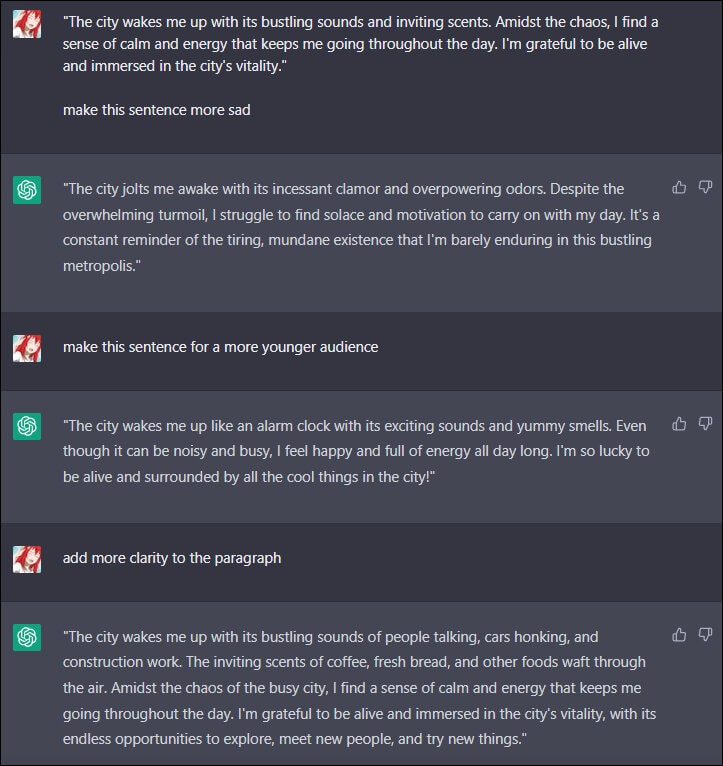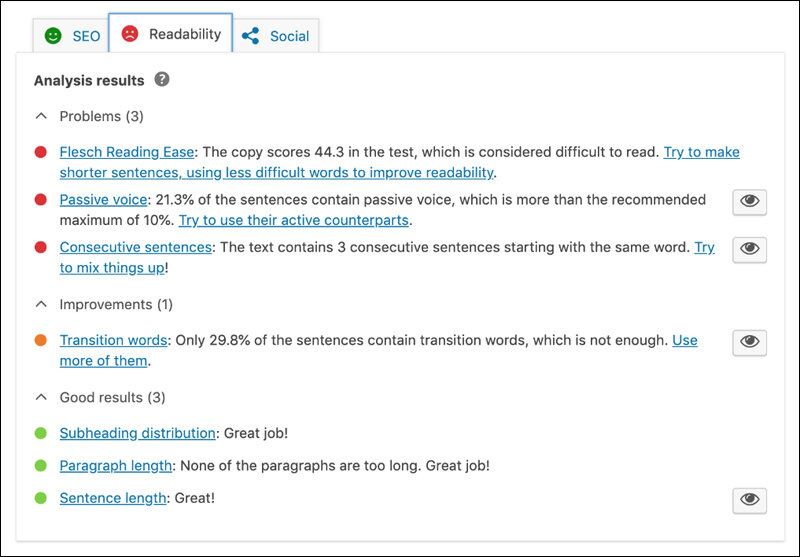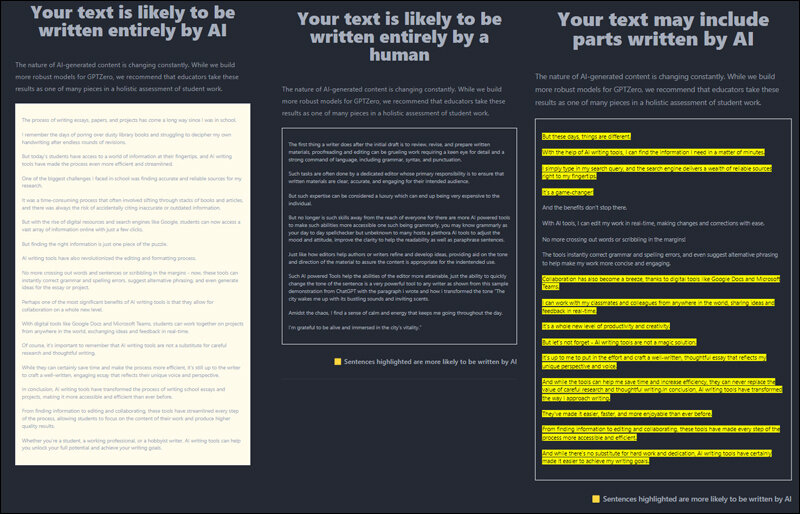With AI becoming authors of literary works, what bodes for the future of writing… Abdul Waheed Khan opines.
In recent years, one of the biggest developments in technology has been in the domain of artificial intelligence (AI). This is because AI has the potential to dramatically change the way people work by automating and quickening many tasks that used to take days or weeks to complete by hand. One such task is writing. Once thought of as the keep of the learned, writing is now at the cusp of becoming the plaything of digital intelligence.
AI-powered tools have been dubbed as the great content machine. Are they going to replace the jobs of writers? Or is this the latest tool for writers around the world to leverage in an ever-changing industry? Personally, AI powered Tools such as QuillBot, Copy.AI and Chat GPT and many others have helped me and many others like myself write more, better and faster.
Days before the content machine
We have all been there – a deadline is creeping up and the panic sets in. It is even worse when you are stuck scrambling to put together an essay at the last minute! I remember the stress of oversleeping or having to spend hours in the library searching for reliable sources. And let us not forget the tedium of editing – my eyes would go cross from all the rewriting! This process could be time-consuming, and it was not always easy to find accurate and reliable sources, having to put in a lot of effort to ensure the work was legible and free of errors. Editing was also a more manual process, often involving a lot of crossing out and reworking of the text. Situations like this could be particularly challenging, as students, working professionals or hobbyists have to rush to complete their work manually and might not have had enough time for research or editing. AI writing tools have made the process of writing essays, papers and projects much more efficient. Where you can easily research and access information online, and AI writing tools can help with editing, spelling errors, and formatting the essay properly, and even generating ideas for the essay or project. Collaboration is also easier, as students can work together remotely using digital tools. Overall, AI writing tools have made the process of writing school essays and projects more accessible and efficient. It is like having a writing coach by my side, suggesting ideas and making my work look polished and profesh. Of course, AI tools are not a replacement for doing your own research and putting in the time to craft a thoughtful essay. But they sure do make the process more accessible and efficient, allowing me to focus on the content of my work and produce higher quality results. With AI writing tools, I can conquer any deadline with confidence and ease.
How did machines learn to write?
The first thing a writer does after the initial draft is to review and revise written materials. After that, follows proofreading and editing, which can be grueling work requiring a keen eye for detail and a strong command of language, including grammar, syntax, and punctuation. Such tasks are often done by a dedicated editor whose primary responsibility is to ensure that written materials are clear, accurate, and engaging for their intended audience. But such expertise is both rare and expensive. However, there are now more AI powered tools accessible to the lay writer, one such being Grammarly. You may know of Grammarly as your day-to-day spellchecker but unbeknownst to many hosts a plethora of AI tools work within it to adjust the mood and attitude, improve the clarity and maintain readability. Just as how editors help authors refine and develop ideas, providing aid on the tone and direction of the material to assure the content is appropriate for the intended use. As shown from this sample demonstration from ChatGPT with a paragraph I composed, “The city wakes me up with its bustling sounds and inviting scents. Amidst the chaos, I find a sense of calm and energy that keeps me going throughout the day. I’m grateful to be alive and immersed in the city’s vitality.”

Feeling totally stuck while writing my article on ‘Hustle Culture: The Rise of A New Work Ethic,’ I knew I needed some serious backup. That is when I decided to call in the big guns: powerful AI tools to the rescue! Thanks to CopyAI, I was able to quickly whip up some great outlines and get my ideas flowing again. It was like having a writing partner who could read my mind and offer up all the right words at just the right time. Not only did this save me a ton of time and effort, but it also helped me find my writing flow . And let me tell you, that was a feeling of relief that cannot be beaten. But my AI helpers did not just stop at content creation – I also used ChatGPT to help me paraphrase and clean up my article. It was like having a personal assistant who never gets tired, bored or impatient. With these AI tools by my side, I was able to write an article that was very compelling.
Findings from artificial intelligence
AI tools are not just content creators, they are like a secret weapon to boost readership and supercharge writing skills. With the mind-blowing analytics provided by these tools, I can get the inside scoop on what is working and what is not with my audience. This means I can adjust my content strategy to focus on creating more of the stuff my readers love! The best part? AI tools can even suggest specific keywords and phrases that are guaranteed to grab attention and reel in more readers. It is like having a cheat code to reach my target audience and win the game of content creation. By using these nifty tools, I can give my writing a turbo boost, create top-notch content that dazzles my readers, and take my online presence to the next level. The possibilities are endless and I cannot wait to see where this journey takes me!

What this means for the future of writing
As with any new technology there are some who are bound to be discontent. ‘AI-assisted plagiarism’ is a term increasingly being bandied about. Edward Tian, a 22-year-old Princeton University student created GPTZero, a tool to highlight the possible use of AI in writing text with the motto ‘Humans Deserve the Truth’. GPTZero specializes on classifying AI use in prose which has become rampant into education, hiring and recruitment, social writing platforms. GPTZero does this by two metrics, Perplexity which is a measurement of the randomness of the text and Burstiness which is a measurement of the variation in perplexity and gives a very comprehensive result on how much of a given part of a paragraph is written by an AI. While GPTZero’s method to analyze the perplexity of a given text is not a fail-proof method, it is one of the key factors on what determines how an AI language model performs. On the one hand, it is a powerful measure of how well an AI tool like ChatGPT can predict a given sequence of words. A lower perplexity score means that the model is more confident in its predictions and better at understanding underlying patterns and structure, a higher perplexity score indicates that the language model is less certain and has a harder time predicting the next word in the sequence.


The future is still in our hands
AI writing tools have transformed the way I approach writing. They have made it easier, faster, and more enjoyable than ever before. From finding information to editing and collaborating, these tools have made every step of the process more accessible and efficient. And while there is no substitute for hard work and dedication, AI writing tools have certainly made life easier. Gone are the days when I would be stuck on a page with barely 300 words for days to completing over a thousand over a couple hours. Using these AI tools gave me the confidence and inspiration I needed to write a compelling article that explores a fascinating topic and I cannot wait to see how they continue to shape the world of writing.
If you wish to know more about ChatGPT and AI language models, head over to our podcast where authors Satyen K Bordoloi, Sairaj Iyer and Abdul Waheed Khan discuss the ins-and-outs of this technological pandora’s box.
Click here.
In case you missed:
- None Found










